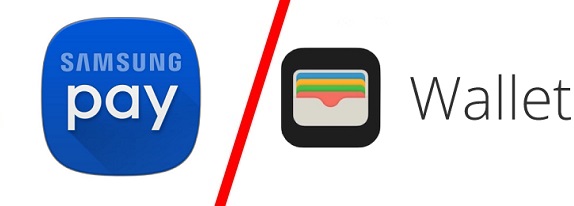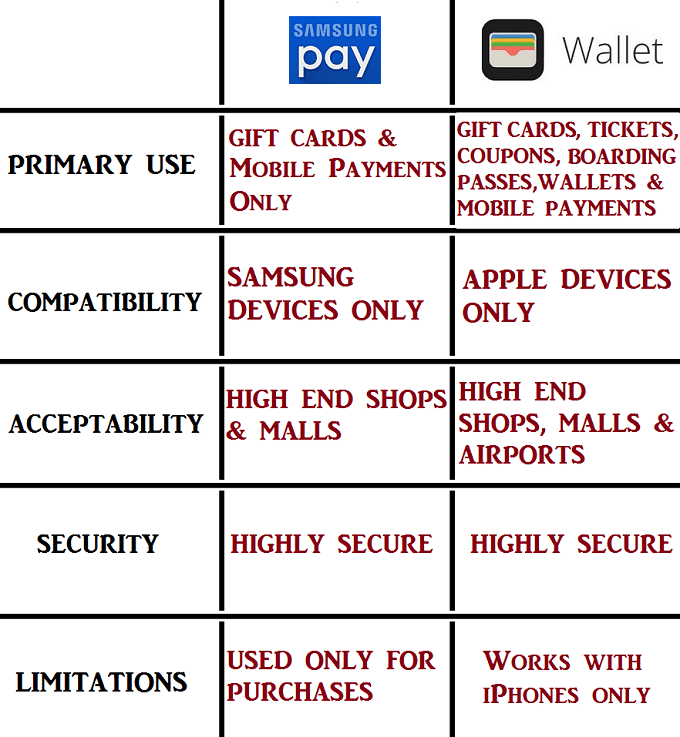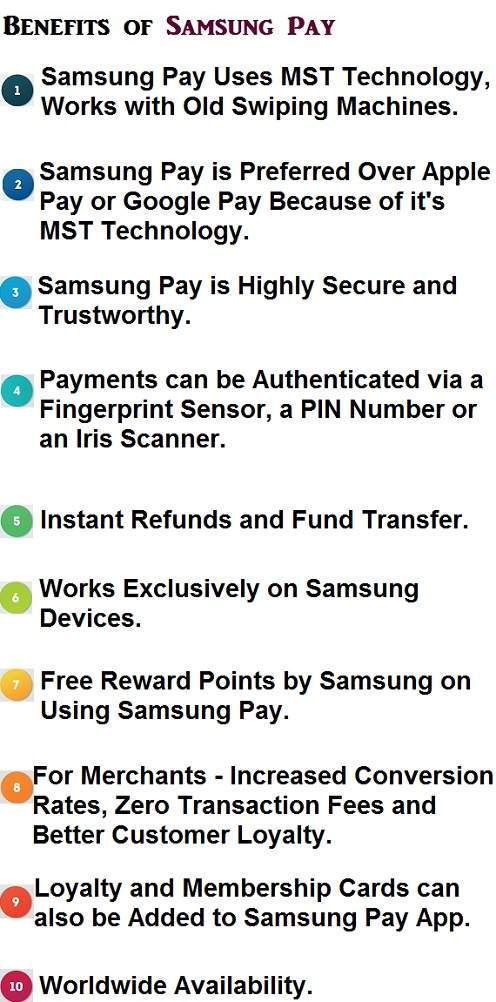
As we all know Samsung Pay is the most widely accepted mobile payment system right now, because of it’s ability to support both the NFC (Near Field Communication) technology, as well as MST (Magnetic Secure Transmission) techniques.
Which means that it can be used as a contactless credit card, apart from serving as a mobile Point of Sales (mPOS) or an Unified Payment Interface (UPI) portal.
It is indeed intriguing that in spite of having such a huge advantage over other mobile wallets, such as Amazon Pay or Google Pay, Samsung Pay is not well utilized, shockingly, even by it’s own smart phone users.
The reason is pretty straightforward, Samsung may be one of the biggest smart phone manufacturers in the world, but still, it is does not have the same reach as Amazon or Google on the web.
While Amazon is the biggest product search engine in the world, Google has been the most visited website for many years now.
And of course there is Apple Pay or Apple Wallet, integrated with every single iPhone.
While Apple Wallet and it’s latest mutation Apple Pay have more than 220 million users as on June 2020, Samsung Pay has just over 15 million users across the globe, in spite of selling 2.5 billion smart phones in the last two years (2018 and 2019).
While Apple Wallet and Apple Pay compliment each other, Wallet is primarily used to load credit and debit cards, gift cards, loyalty cards, tickets, coupons and other things that would typically go into the wallet.
Once you add all of these in the Apple Wallet, you can easily use them to pay at different stores online or in apps.
You can select Apple Wallet to pay for services, or you can also choose any of the cards in the Wallet to pay via Apple Pay.
Apple Wallet serves as Apple Pay’s home.
Every transaction done with Apple Wallet or Apple Pay using the cards loaded in the Wallet must be authenticated using a fingerprint for security purposes.
With Samsung Pay, you can add all the supported cards and use them instantly.

You cannot add coupons and tickets on Samsung Pay and this is one of the limitations if you compare it to Apple Wallet.
Samsung Pay app lets you pay in person or in-app and in addition, you get rewards when you make a purchase using the app.
You can add credit and debit cards on the app, as well as gift cards and membership cards.
Samsung Pay also lets you add loyalty cards and reward cards too on the app as well as gift cards.
With Samsung Pay, it is as easy as swipe and tap and the transaction is complete.
For security purposes, you need to verify every transaction with your fingerprint before the amount is deducted from the account.
If your device supports Samsung Pay, but it doesn’t have fingerprint verification, then you need to enter the passcode for the transaction to be successful.
Apple Wallet lets you use passes on the iPhone to check in for flights, redeem or et rewards, redeem coupons and get into movies.
The passes include essential information like the balance on the coffee card, the coupon’s expiry date, your seat number for a concert and many more.
If you compare this with Samsung Pay, it is different because the app is primarily used to make purchases.

Another advantage of Apple Wallet over Samsung Pay is that you can set the time and or location for Wallet to make some passes appear, right at the time or location you want to use them.
Because the app is always location-aware and works online.
For example, your boarding pass should appear when you arrive at the airport and you just have to slide and unlock your device to scan your pass.
You can also set the app to give you automatic notifications for things like coupons and sales for nearby stores or flight updates.
With Samsung Pay, you have to get to the wireless terminal to pay for the transaction you want and you cannot customize the app to give you notifications or updates on the things mentioned above.
Samsung Pay, also enables you to access your transaction history on the device,but when it comes to storing and tracking of data, the company is unclear.
Samsung did not reply when the question was raised,but they are most likely to address the issue.

Apple Wallet, on the other hand, being a product of Apple does not store or track your purchase data nor does it supply the retailers with the data.
Samsung Pay acquired LoopPay and the company integrated technology that allows the Samsung phone to work with NFC-free magnetic strip card readers and this is where Samsung Pay wins.
It can use almost any old terminal as compared to Apple Wallet that requires NFC enabled registers to work.
The magnetic stripe reading option in Samsung Pay is not all smiles because it can be nagging at times.
You must hold the device in a certain way above the magnetic stripe reader for it to work.
The other significant difference in these digital wallets is they can only be supported independently.
Apple is known to have apps that can only be used on the iOS platform.
Samsung, on the other hand, has Android OS but its digital wallet can only be used on Samsung mobile phones.
